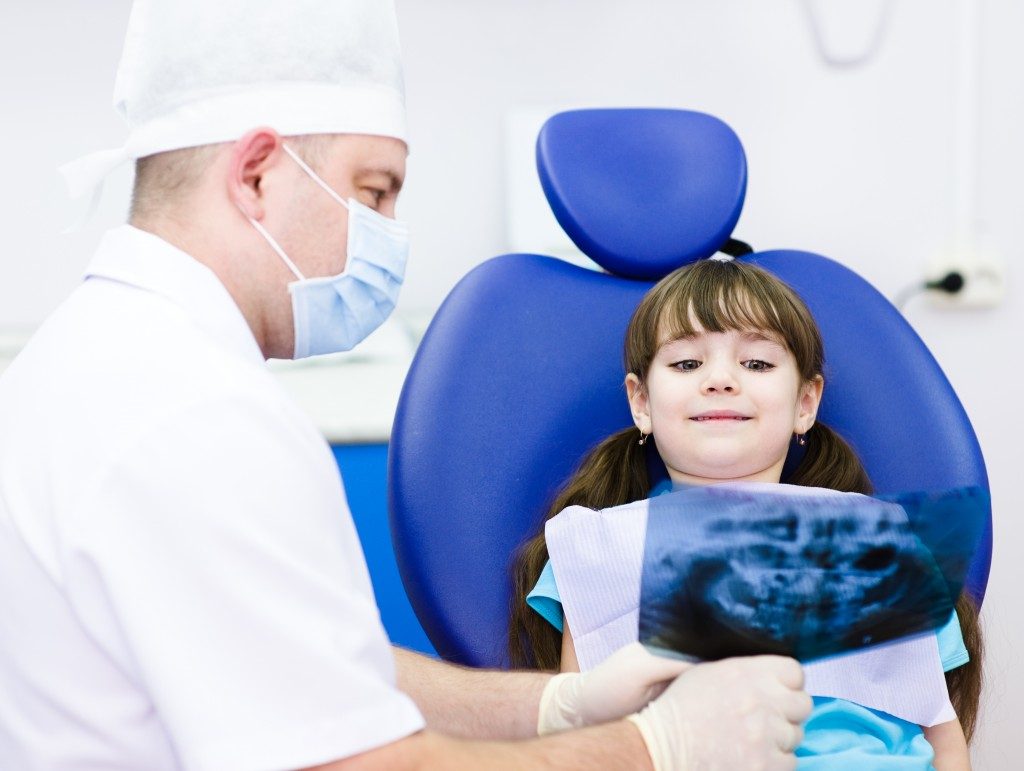Dental fear is common among children. Fear of pain or a previous painful experience with a doctor or dentist is one of the driving forces of this phobia. In some cases, negative stories and myths about professionals haunt children as they grow. Good thing there are sedation techniques that can help children avoid pain during a dental procedure.
Dentist offices can be scary places for children. The clinical setting, antiseptic smell, sight of the dental instruments, or a previous negative experience at the dentist chair can cause anxiety about attending routine dental exams. If treatments are required, they can be met with tears, resistance, or even a complete refusal to cooperate. Convincing children to behave and undergo the procedure can be a big challenge during this time.
If normal measures of reassurance such as distraction and talking don’t work, a pediatric dentist in Utah or any other location can provide dental sedation.
What is Sedation?
Sedation involves the use of a certain substance or medication to make the patient feel numb or fall asleep before undergoing a medical or dental procedure. The doctor or dentist can do his or her job better if the patient is asleep or doesn’t feel pain. There are different sedation types and techniques. The dentist will choose a technique based on the specific needs of a patient.
Gas and Air
The most non-invasive type of dental sedation involves the use of nitrous and oxygen. This is breathed in through a mask to give a hazy and relaxed sensation. It works within minutes and unlike other drugs, it wears off quickly. Once the child is sufficiently relaxed, the exam or treatment can take place. Oxygen can be given afterward to cancel out the effects of the gas. This is ideal for children who tend to move continuously during a dental visit.
Oral Sedation
Medicine can also be given by mouth or sprayed in the nose to put the patient in a sleepy or relaxed state. It is not a general anesthetic, so it will not put the child to sleep but it will make them calm and detached from the procedure. The medicine takes around 20 minutes to take effect and will make the experience less traumatic for little ones.
IV Sedation
IV sedation is another option many people are aware of. As children dislike needles, gas and air technique is normally used first to put them to sleep before an intravenous or IV needle is inserted. If this type of anesthesia is given, a breathing tube may need to be placed down the child’s throat. This type of sedation is only available in hospitals.
Very frightened children who are resistant to going to the dentist can have sedation and drift off into a sleepy and relaxed state that will help them cope with the experience. Talk to your dentist regarding the dental procedure necessary for your child and the appropriate sedation technique. This will help ensure the safety and comfort of your little one. Help him or her win against dental anxiety.

